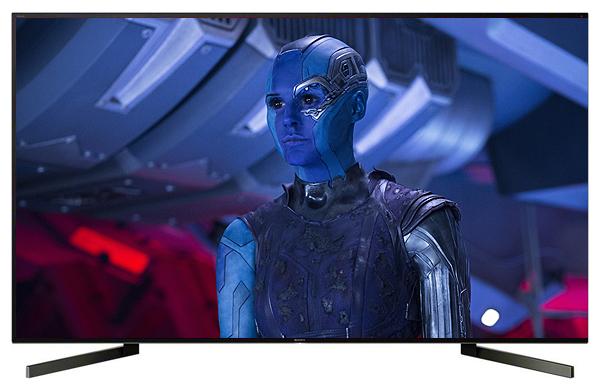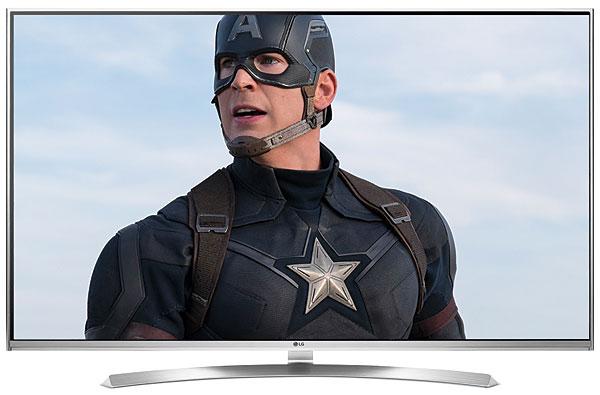LCD TV Reviews
Sort By: Post Date TitlePublish Date
|
Nov 27, 2019
|
Oct 16, 2019
|
Aug 28, 2019
|
Jun 19, 2019
|
Oct 31, 2018
|
Oct 17, 2018
|
Aug 02, 2018
|
Jul 19, 2018
|
Dec 04, 2017
|
Nov 28, 2017
|
Nov 09, 2017
|
Aug 24, 2017
|
Dec 27, 2016
|
Dec 22, 2016




















